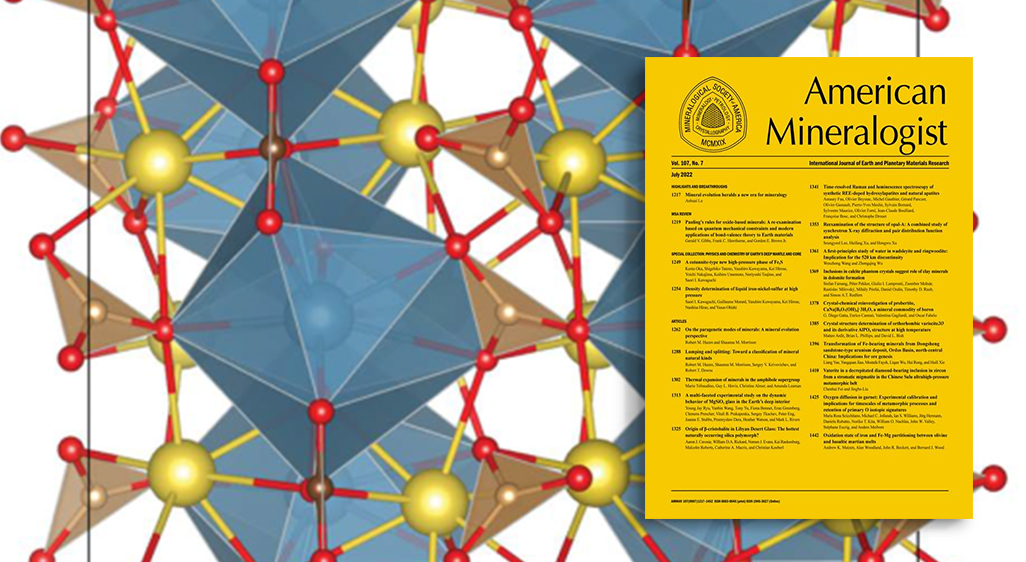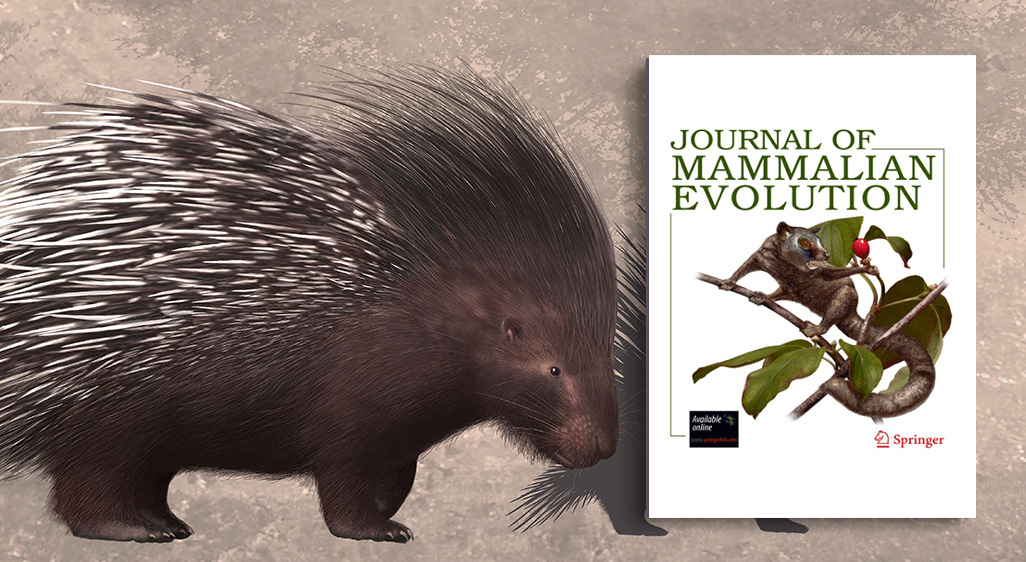Carbonates in the system Na2CO3-CaCO3 are nowadays suggested as having a wide stability field at conditions of the mantle transition zone. Our structural analysis of nyerereite, which has limited stability fields at ambient conditions, and its similarities with already known carbonates that are stable at high-pressure conditions, allowed us to propose that nyerereite likely undergoes phase transitions at both high-pressure and high-temperature conditions. This supports the hypothesis that nyerereite takes part in carbon transportation from the mantle/deep crust toward the surface, with important implications for the deep carbon cycle associated with carbonatites.
K-free nyerereite [Na2Ca(CO3)2] was synthesized both at hydrothermal conditions and from the melt. The structure of nyerereite was refined as a three-component twinned structure in the centrosymmetric Pbca space group with ratios of the three twinning components 0.221(3):0.287(3):0.492(3). Twinning at micro- and nano-level can introduce some minor structural deformations that influence the likely occurrence of the inversion center as one of the symmetry elements in the nyerereite structure. Based on the automated topological algorithms, we show that nyerereite has a unique crystal structure, not having analogs among the known structures, except for the structure with a similar composition K2Ca(CO3)2 fairchildite.
A comparison between the centrosymmetric Pbca nyerereite structure and that of aragonite (CaCO3, Pmcn space group) reveals two main scenarios for the high-pressure form of Na2Ca(CO3)2: (1) poly-somatic relations as the interlayering of the high-pressure polymorph Na2CO3 and CaCO3-aragonite, and (2) high-pressure structure with ninefold-coordinated Na and Ca sites resembling that of aragonite. Our discussion heightens the interest in the high-pressure behavior of the nyerereite structure and strengthens the hypothesis about the possibility for nyerereite to be stable at high-pressure/high-temperature conditions.

